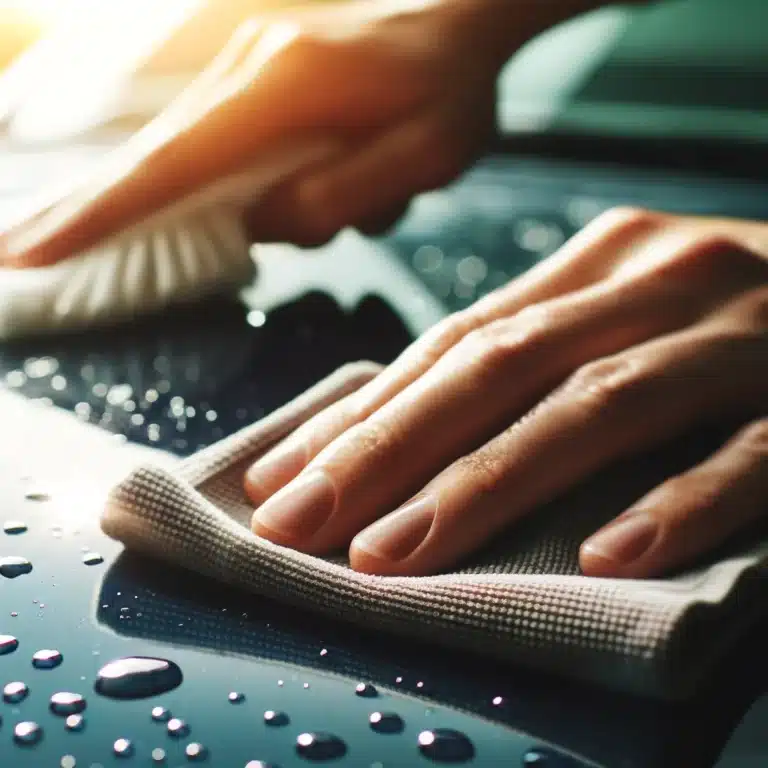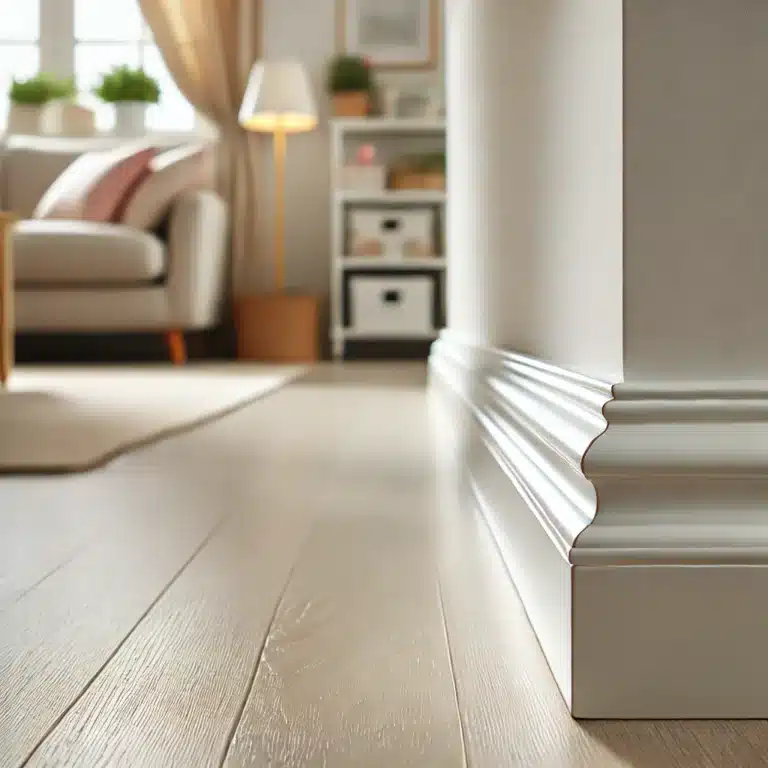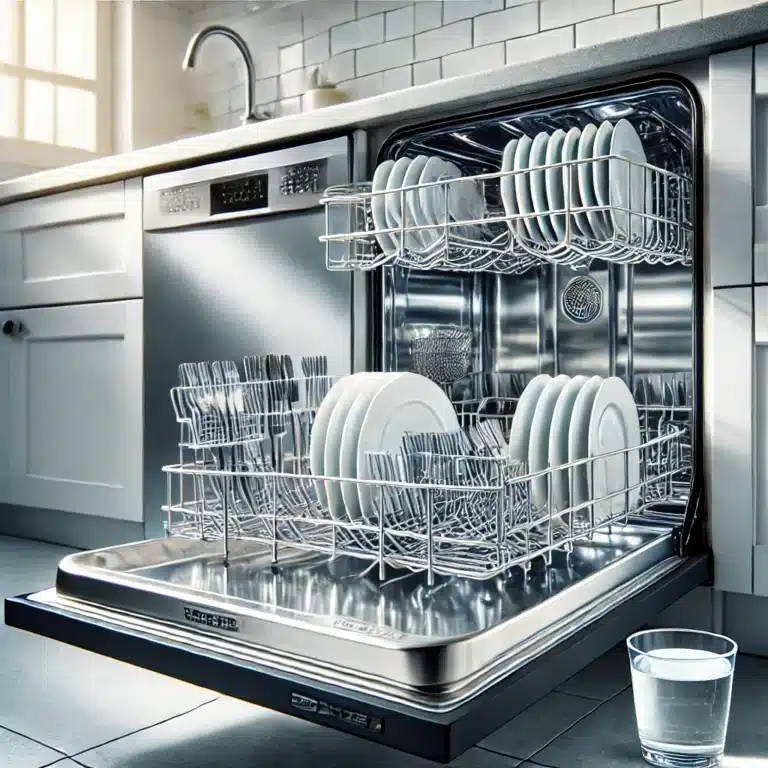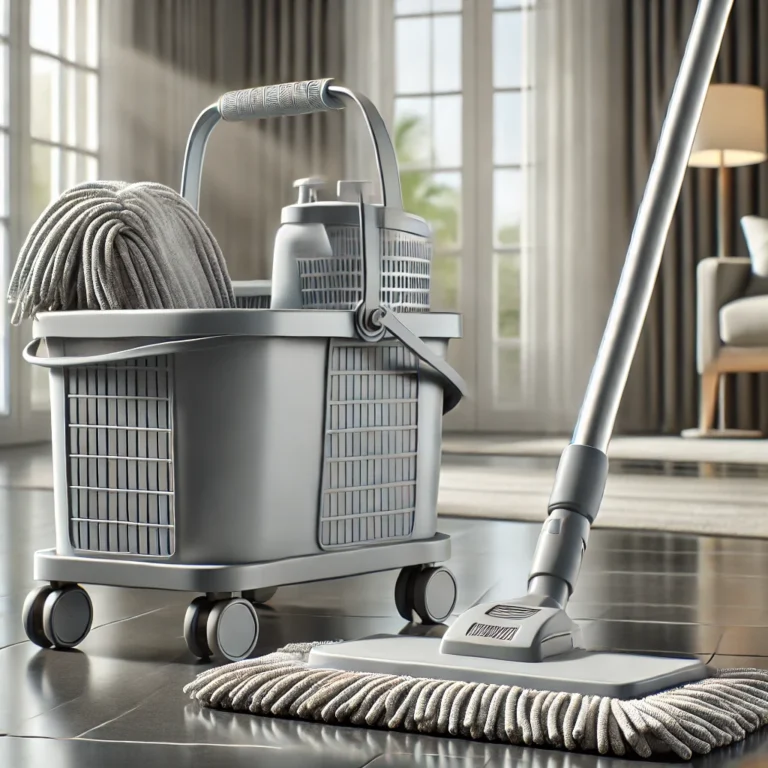When it comes to cleaning, plastic surfaces can be tricky. They’re everywhere—from your kitchen storage containers to outdoor furniture and even children’s toys. Knowing the right way to tackle the cleaning can make your items look like new and extend their life. Whether you’re dealing with a stubborn stain or just routine cleaning, here are five effective ways to deep clean your plastic surfaces.
1. Vinegar Alone or with Salt
Vinegar is an excellent choice for cleaning plastic surfaces, thanks to its natural ability to cut through grease and grime while leaving your plastics looking shiny and new without harmful chemical residues. To effectively use vinegar in your cleaning routine, begin by dampening a clean cloth with undiluted white vinegar and gently wiping over the plastic surfaces to remove everyday dirt and buildup.
For more stubborn stains or areas with sticky residues, consider adding a bit of salt to the affected areas before you apply the vinegar. The salt acts as an abrasive, helping to scrub away the grime without scratching the plastic. Allow the mixture of vinegar and salt to sit on the stains for a few minutes, enhancing its ability to break down the dirt effectively.
Once you’ve allowed it to sit, use the vinegar-dampened cloth for a final pass over the plastic, ensuring that you’ve thoroughly cleaned the area. Complete the process by rinsing the plastic with clean water to remove any lingering vinegar or salt, and dry it off with a soft towel. This method not only cleans effectively but also provides an eco-friendly way to maintain your plastic items in pristine condition without causing damage over time.
2. Baking Soda Paste
Baking soda, recognized for its gentle abrasive properties, serves as an excellent choice for addressing tough stains on surfaces without risking any scratches. To harness its cleaning power, begin by mixing a few tablespoons of baking soda with a minimal amount of water to create a dense, powerful paste. When your paste is prepared, directly apply it to the stained areas on the plastic. Employ a soft brush or sponge to softly scrub at the stain, effectively lifting and removing it through the natural abrasive action of the baking soda, which ensures a thorough clean without harming the material.
Continuing the process, it’s crucial to thoroughly rinse the plastic with clean water after scrubbing. This step is essential to eliminate all residual baking soda paste, which, if left unchecked, could leave behind white marks or residue. To finalize the cleaning, dry the surface with a soft cloth. This not only helps in preventing water spots but also ensures it looks clean, refreshed, and well-maintained.
This cleaning method using baking soda paste is not just effective but also environmentally friendly and economical, making it a preferred option for maintaining the cleanliness and appearance of various plastic items around your home. Whether it’s kitchen containers, children’s toys, or garden furniture, this approach helps ensure that your surfaces remain in excellent condition, effectively extending their lifespan and keeping them looking as good as new.
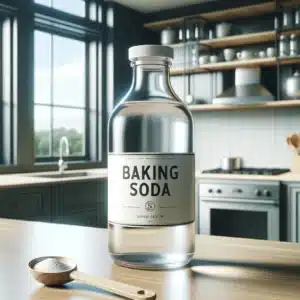
3. Bleach for Disinfecting
When disinfecting plastic surfaces, especially those frequently used in the kitchen or bathroom, bleach stands out as an exceptionally effective cleaning agent. It is adept at removing mold, mildew, and is essential for sanitizing secondhand items thoroughly. To begin safely cleaning plastic with bleach, dilute one tablespoon of bleach in a gallon of water. This ratio ensures effective disinfection while minimizing any harsh effects on the plastic material.
Once you have prepared the bleach solution, apply it generously to the plastic surfaces needing disinfection. Allow the solution to settle and work its magic for about 5 to 10 minutes. During this time, it’s crucial to ensure that the area is well-ventilated. The use of protective gloves is also advised to protect your skin from any potential irritation caused by the bleach. After the bleach has sufficiently acted on the contaminants, it’s important to thoroughly rinse the plastic with clean water. This step removes all remaining traces of bleach, which, if left behind, could cause damage or discoloration over time.
Finish the process by drying the surface completely. Ensuring the surface is dry not only prevents water marks but also inhibits any future bacterial or mold growth, often a concern in damp environments. By implementing this cleaning regimen, you enhance the hygiene and safety of plastic surfaces, particularly in areas prone to frequent use or high bacterial exposure.
4. Isopropyl Alcohol for Sticky Residues
Isopropyl alcohol is particularly effective in cleaning sticky residues from labels, tapes, or spills on surfaces. Its properties make it a reliable choice for tackling the frustrating sticky spots that can mar the appearance of plastic items. To utilize this method, begin by applying a small amount of isopropyl alcohol onto a cloth or paper towel. Proceed by gently rubbing the affected area on the plastic. The alcohol works quickly to dissolve the adhesive or sticky substance, allowing for easy removal without requiring excessive force or scrubbing, which could potentially damage the surface.
Once the sticky residue is fully removed, it is crucial to rinse the surface thoroughly with clean water. This step is essential to ensure that no traces of isopropyl alcohol remain, as residual alcohol could potentially degrade the plastic over time or leave behind a filmy residue. After rinsing, dry the surface completely with a soft cloth. This not only prevents water marks but also ensures that the plastic is perfectly clean and free from any lingering stickiness.
By following this simple yet effective method, you can ensure that your plastic items are maintained in pristine condition. Isopropyl alcohol’s ability to handle sticky residues makes it an indispensable tool in your cleaning arsenal, particularly for preserving the aesthetic and functional quality of plastic objects around your home or office.
5. Commercial Plastic Cleaners
For those who prefer a ready-made cleaning solution, commercial plastic cleaners are an excellent choice. These products are specifically formulated for surfaces and are particularly useful for cleaning outdoor furniture or items that endure a lot of exposure to dirt and varying weather conditions. To use these cleaners effectively, it’s important to follow the instructions provided on the product label carefully. This ensures that you use the correct amount and apply the cleaner in the most effective manner.
Additionally, always conduct a spot test in an inconspicuous area of the plastic item before applying the cleaner extensively. This preliminary step is crucial for ensuring that the cleaner is suitable for your specific type of plastic and that it won’t cause any discoloration or damage. Some plastics may react differently to certain chemicals, even if they are designed for plastic, so this step helps mitigate any risk of ruining your items.
Utilizing commercial plastic cleaners can save time and effort, providing a convenient and efficient way to maintain the cleanliness and appearance of your surfaces. These cleaners often contain ingredients that not only clean but also can offer a protective layer that minimizes dust accumulation and provides a slight sheen, enhancing the overall look of the plastic. Whether you’re dealing with garden chairs that have weathered a season outdoors or a tray that’s seen better days, a good quality cleaner can make maintaining these items less of a chore.
6. Essential Oils and Soapy Water
For a gentle yet effective way to clean plastic surfaces, consider using a combination of mild dish soap and essential oils. This method is particularly great for everyday cleaning and provides a natural, pleasant aroma while also offering mild antibacterial properties. Essential oils such as lemon, lavender, or tea tree not only leave a refreshing scent but can also help to naturally disinfect the surface.
To use this method, add a few drops of your chosen essential oil to a bowl of warm, soapy water made with a gentle dish soap. Stir the mixture to ensure the oil is well distributed. Dip a soft cloth or sponge into the solution and gently wipe down the surfaces. The soapy water helps to dissolve any grime or stains, while the essential oils work to refresh and sanitize the surface.
After cleaning the plastic with the soapy, essential oil-infused water, rinse the surfaces with clean water to remove any soap residue. Finish by drying with a soft cloth to prevent water spots and maintain the shine of the plastic.
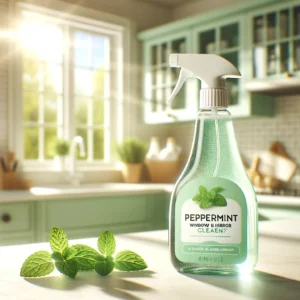
A Clean Plastic With Toronto Shine Cleaning!
Cleaning plastic doesn’t have to be a daunting task. With these five methods, you can effectively deep clean your plastic items and keep them looking as good as new. Regular cleaning plays a crucial role in maintaining the appearance of your surfaces and extends their lifespan by preventing the buildup of grime and bacteria that can degrade the material over time.
For those who might need a bit more help or simply don’t have the time to tackle the cleaning themselves, Toronto Shine Cleaning offers a range of services that can assist in keeping your home, including all your plastic items, in pristine condition. Our experienced team knows exactly how to handle different types of cleaning challenges, ensuring that every corner of your home sparkles. Check out our services and let us help you maintain a clean and inviting living space.
Do you have any cleaning tips of your own? Or perhaps some tricks that have worked wonders for you? Feel free to share them in the comments below! We love hearing from you and learning about new ways to improve our cleaning routines.














